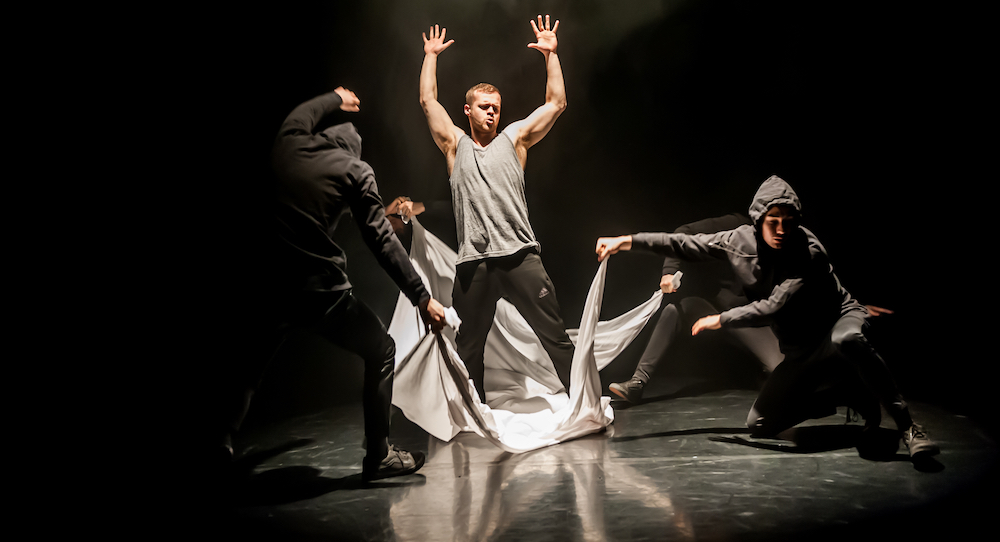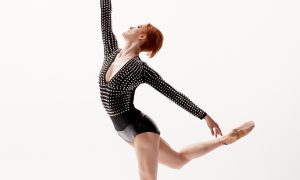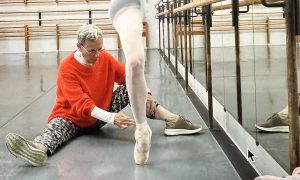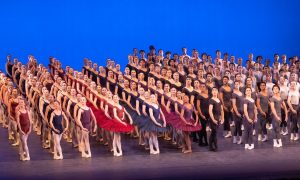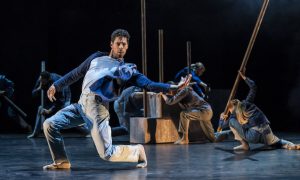It’s a sticky problem for dance artists: how do I get connected with programmers, the people who can get my work into a presenting venue? So, too, might programmers have their work cut out for them, staying current on artists out there making good work – who are becoming more stylistically diverse, and from more walks of life, than ever before.
The #DanceOnTourUK campaign seeks to bridge that gap — a “one-stop shop” online hub where artists and presenters can connect. Dance Informa speaks with June Gamble, Campaign Coordinator of #DanceOnTourUK: to learn more about the nature of the campaign, the difference it’s positioned to make in the dance sector and much more.

A connecting platform for all who love dance
Gamble explains how the variety of programmers in the UK was notably widened over the years, to include “venue managers, local authority/regional events officers, museum curators, libraries and festival directors, et cetera.” She adds how for individual artists and companies, keeping track of all of these programmers – and subsequently communicating with them about their current work – “is extremely difficult and time-consuming.”
#DanceOnTourUK can help there; it “enables artists and companies to profile their work in a central location that can be easily accessed by all programmers of dance.” Artists can create a profile on the website for an annual fee (currently £75). Commissioning partners can also support artists with these fees, Gamble notes.
Gamble explains additional expectations of artists who join the campaign, as well as features of the site. “When artists and companies sign up to be part of the campaign, they commit to providing their information so that the DOTUK team can create a profile on www.danceontouruk.com, as well as add it to the appropriate categories on the website and update the profile throughout the year. The DOTUK team will also profile the website and individual profiles on #DOTUK social media platforms, as well as connect and engage with the social media platforms of presenters, promoters and producers. The DOTUK team will also directly email presenters, promoters, and producers twice a year to remind them to visit the website.”
All dance artists who choose to partake are welcomed into the campaign; “there are no gatekeepers deciding who is profiled and who isn’t,” Gamble underscores. “As a result, as the website develops, it will reflect the range and diversity of work available to tour.” The campaign hopes, “in the fullness of time,” to see on the site the lion’s share of dance work that’s ready to be presented.
…presenters and audience members, too
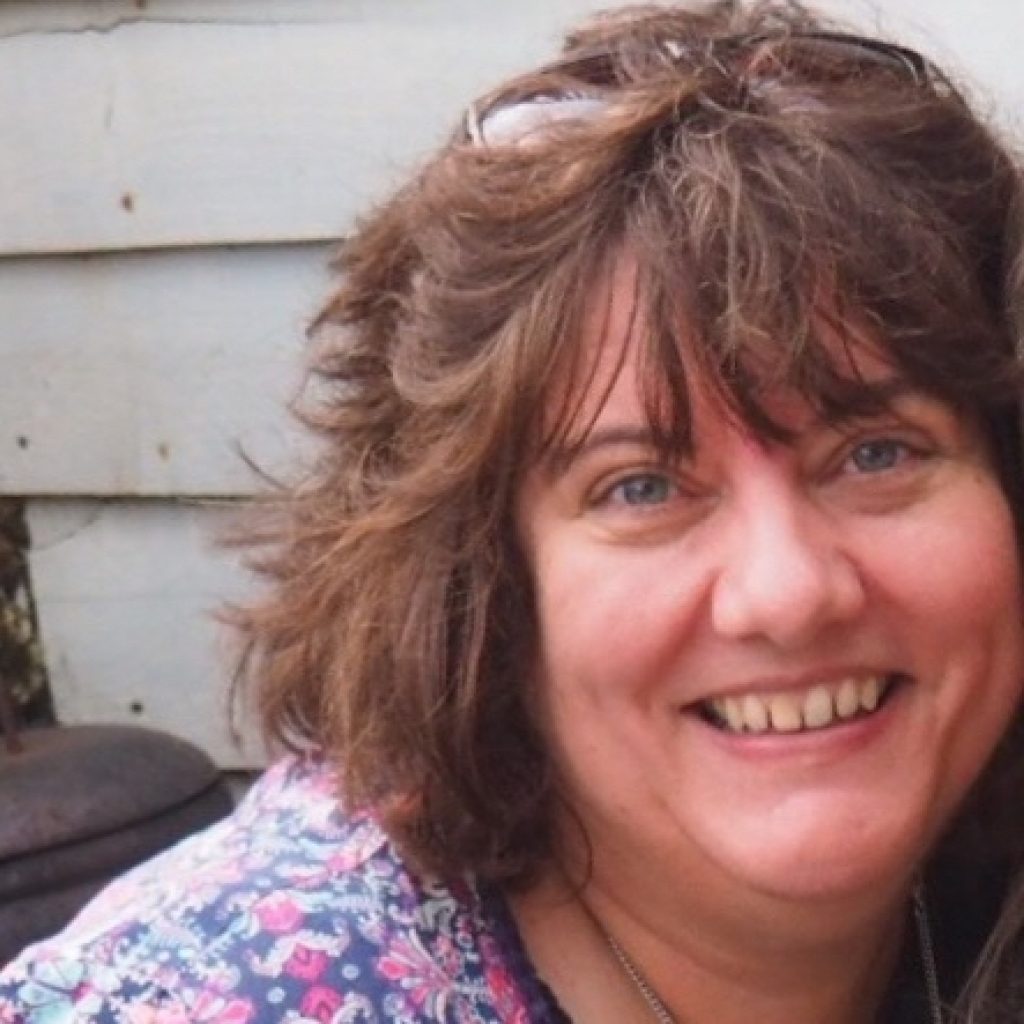
The campaign team also hopes to have all dance presenters visit the site twice yearly, to stay up-to-date on the work that’s out there – and to, from there, make their programming decisions. There’s simply a lot of dance out there, from wide-ranging artists and companies — “funded and unfunded dance…for venues, outdoor/site-based, digital presentations and programming for family audiences,” Gamble explains.
As such, it can be “very difficult for a programmer to know what is available that would suit their artistic programming needs.” #DanceOnTourUK can be a central online location for them to easily access all of that information.
What’s in it for those on the audience side of the table, one may wonder? While the website was not specifically designed for audience members, dance enthusiasts might find useful information on it, Gamble explains – such as tour/performance dates.
She has encountered all sorts of audience members — those “who love to watch dance in all its forms and styles”, and others who more casually enjoy the art form (such as at free public performances, also in a range of styles). Although it wasn’t an original intention of those building the site and the campaign, all dance enthusiasts – from the deeply-committed to the casual – can find information to assist them in accessing dance experiences.
The larger, longer-term impact

Connecting dance artists and programmers, and informing any audience members who may also browse the site, are the benefits that the campaign team currently anticipates. Yet, Gamble adds, the campaign may also catch the eye of “funders, donors and sponsors.”
Just as it can for presenters, the website may inform them on the dance work that’s out there — “who is creating and touring dance work, the range of dance being created,” Gamble explains. That can assist them in their charitable decisions, “if they are wishing to invest in and support the development of dance.”
Overall, the campaign’s longer-term vision is for dance artists to “see an increase in the number of performances that they are able to present locally, regionally, nationally and internationally because their work has been profiled as part of #DOTUK.” As such, more dance will be presented “at a range of venues, sites, events and locations.”
That’s also more kinds of dance being presented, more audience members it can touch, and more opportunities to keep the art form bold, relevant and rigorous. Such keen leveraging of technology can help us get there.
Visit www.danceontouruk.com to learn more.
By Kathryn Boland of Dance Informa.


